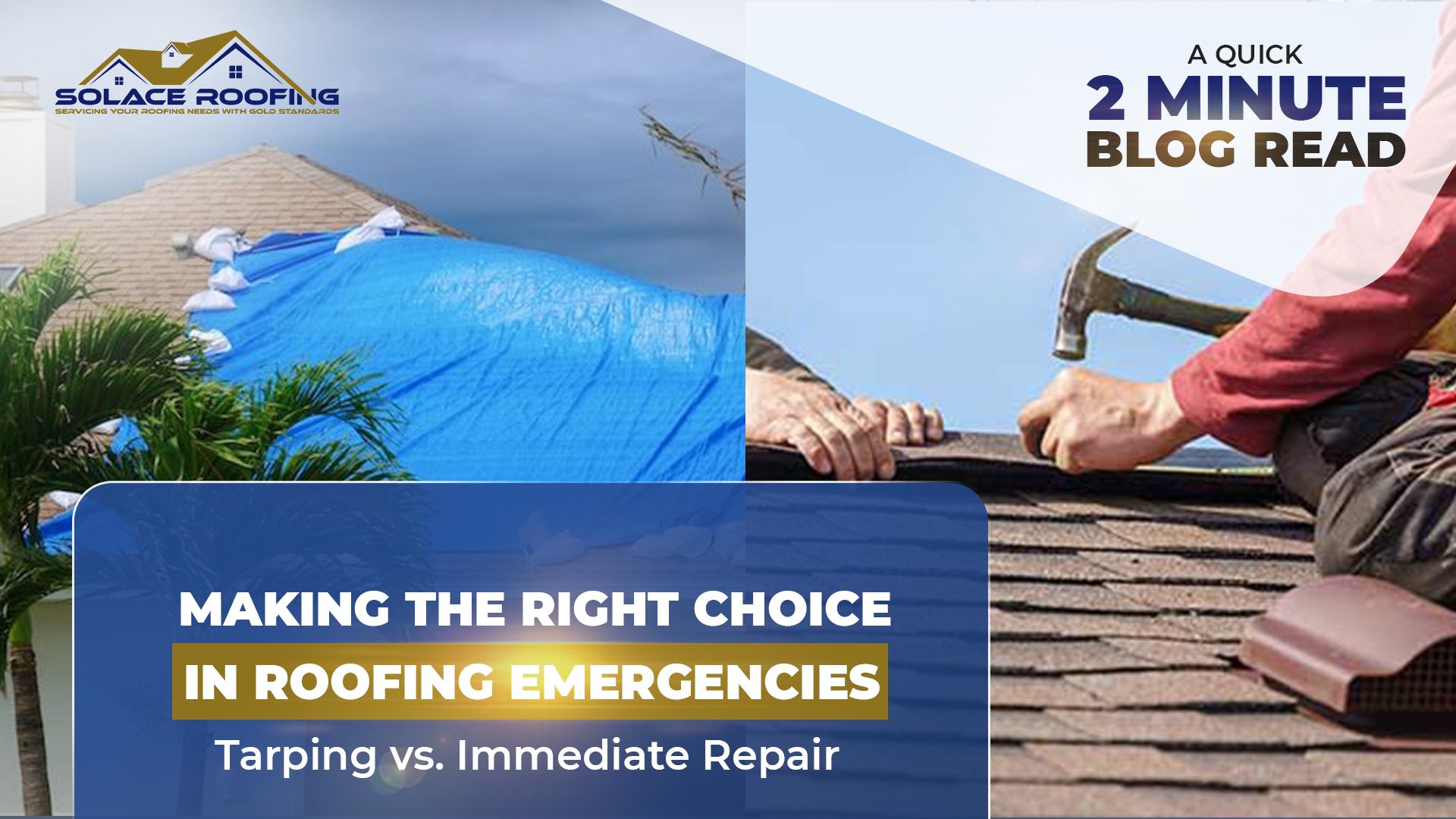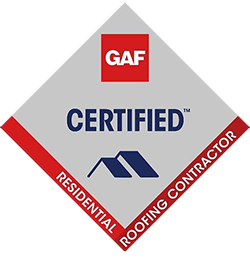
Tarping vs. Immediate Repair: Making the Right Choice in Roofing Emergencies
Understanding the Role of Tarping
In the immediate aftermath of a roofing emergency in Stuart, Florida, or the Treasure Coast, homeowners often face the critical decision of tarping the roof versus undertaking immediate repairs. Tarping, essentially a temporary solution, involves covering the damaged area with a waterproof material to prevent further water intrusion and damage.
Benefits of Tarping
- Immediate Protection: Tarping provides a quick way to shield your home from additional damage due to weather exposure, especially when repairs cannot be started immediately.
- Cost-Effective: It is a relatively inexpensive method to safeguard your property until a permanent solution is implemented.
Choosing to Make Immediate Repairs
- While tarping is a temporary fix, some situations may necessitate immediate repairs. This is particularly true for minor damages that can be quickly rectified without extensive work.
- Immediate repairs might be feasible if you have access to a reliable roofing contractor who can respond promptly.
Working with Insurance Companies: The Importance of Tarping
Insurance Considerations in Roofing Emergencies
- In the context of insurance claims, tarping plays a vital role. Most insurance policies require homeowners to take reasonable steps to mitigate further damage. Tarping is often recognized as an essential step in this process.
- Immediate repairs, without proper documentation or assessment, might complicate insurance claims. Insurers typically need to assess the damage before any major repair work is undertaken to ensure that the claim is valid and the extent of the damage is clearly understood.
How Tarping Affects Insurance Claims
- Assessment and Documentation: Tarping allows for an accurate assessment and documentation of the damage, which is crucial for insurance claims. It preserves the state of the roof post-damage, providing a clear basis for the claim.
- Preventing Disputes: By tarping first and delaying permanent repairs until after the insurance company’s assessment, homeowners can avoid disputes over what damage was caused by the initial incident versus what might have occurred during repair efforts.
Navigating Roofing Emergencies with Insurance Policies in Mind
Communicating with Your Insurance Company
- After stabilizing the situation with tarping, the next step is to contact your insurance company. Prompt communication is key. Provide them with all the necessary information and documentation of the damage.
- Understand your policy: Be aware of what your insurance covers. In regions like Stuart, Florida, and the Treasure Coast, policies may have specific stipulations for hurricane or storm damage.
Hiring a Professional for Tarping and Repairs
- While some might consider DIY tarping, hiring a professional is advisable, especially for insurance purposes. A roofing contractor can ensure that the tarping is done correctly and safely, which is important for both immediate protection and for the insurance claim process.
Conclusion
In roofing emergencies in Stuart, Florida, and the Treasure Coast, the decision between tarping and immediate repair is crucial and can significantly impact insurance claims. Tarping serves as an effective interim solution that aligns with insurance requirements, allowing for proper damage assessment. Homeowners should communicate closely with their insurance providers and consider professional services for tarping and subsequent repairs to ensure a smooth and effective recovery from roofing emergencies.







